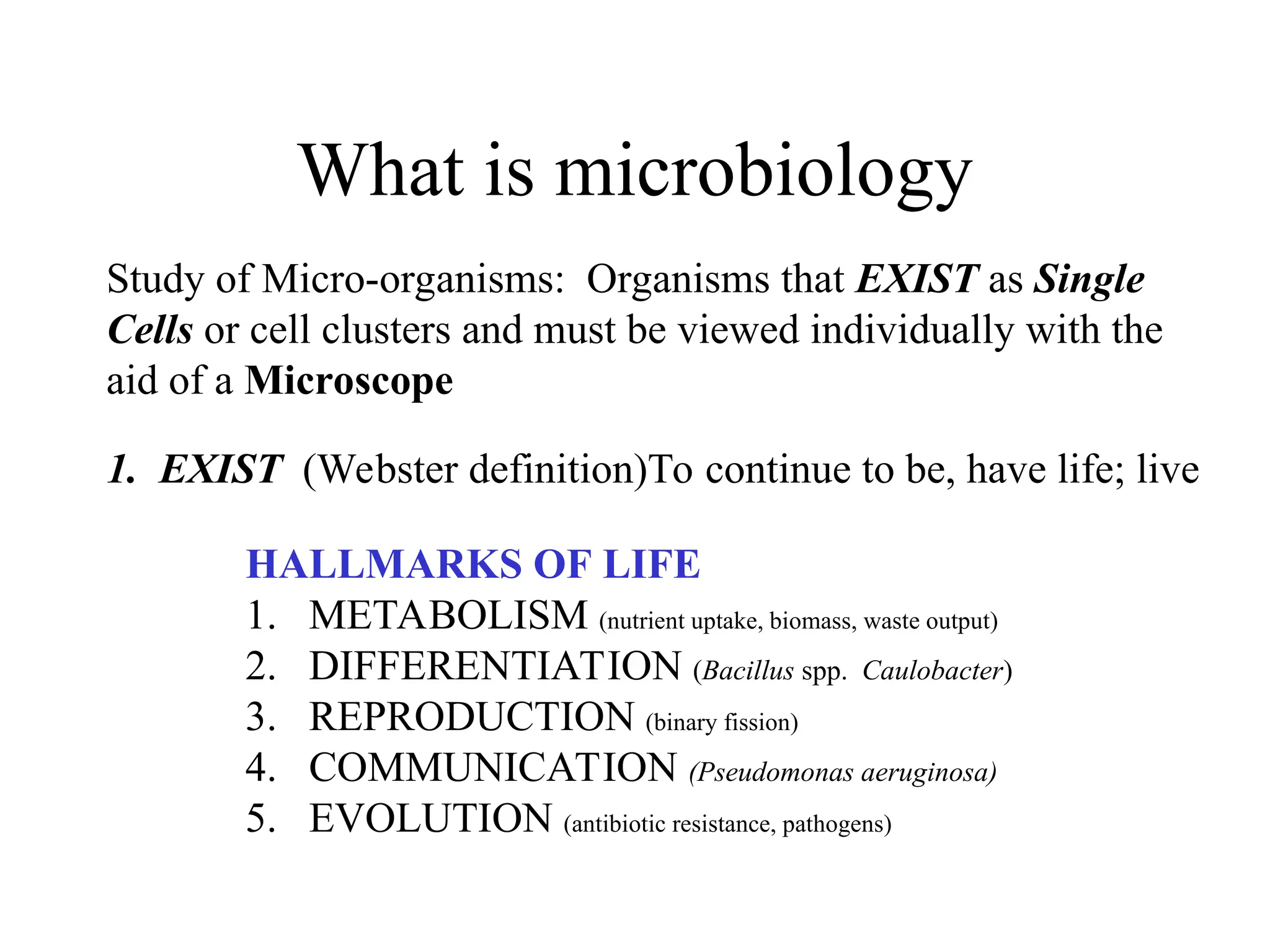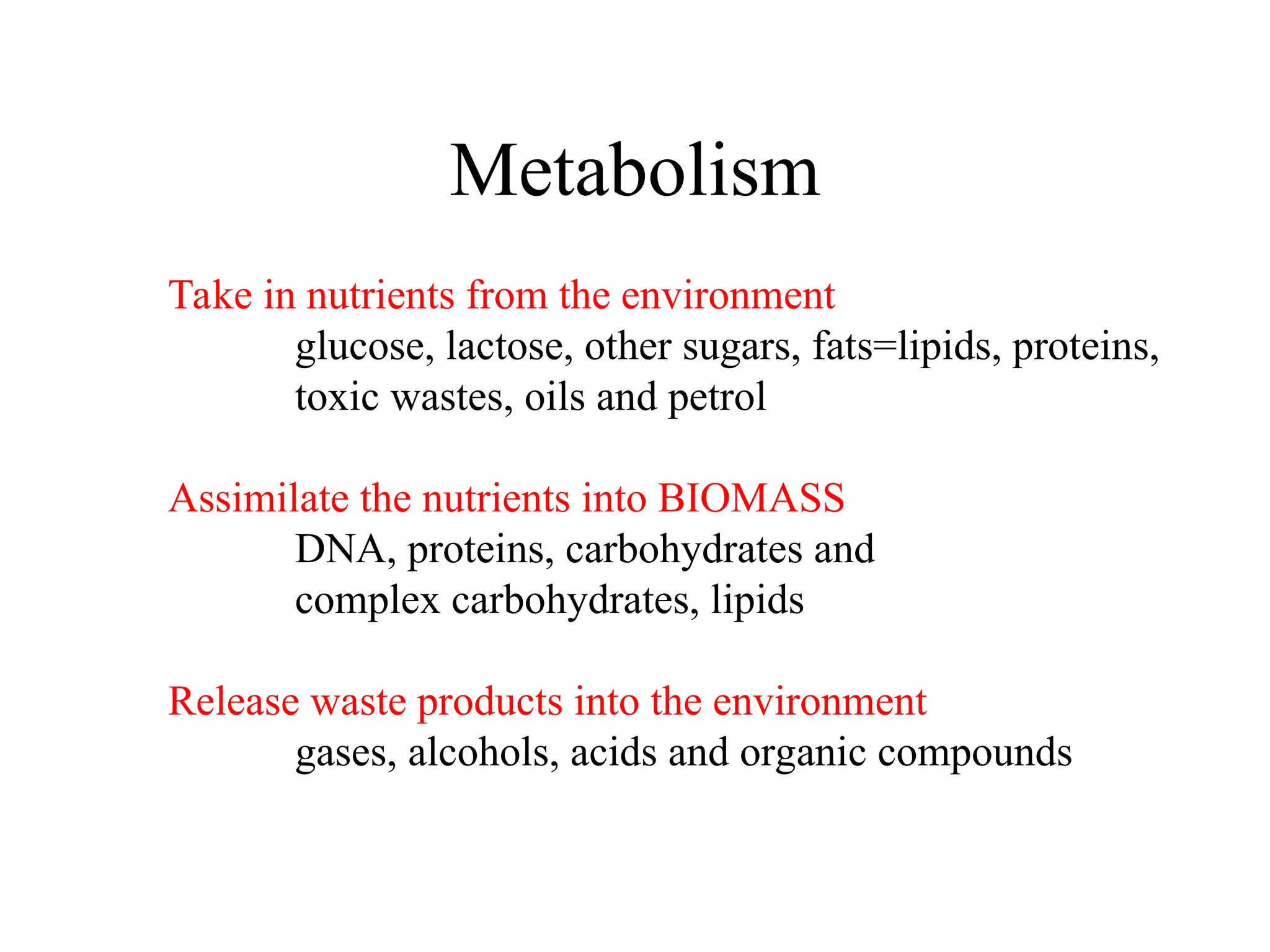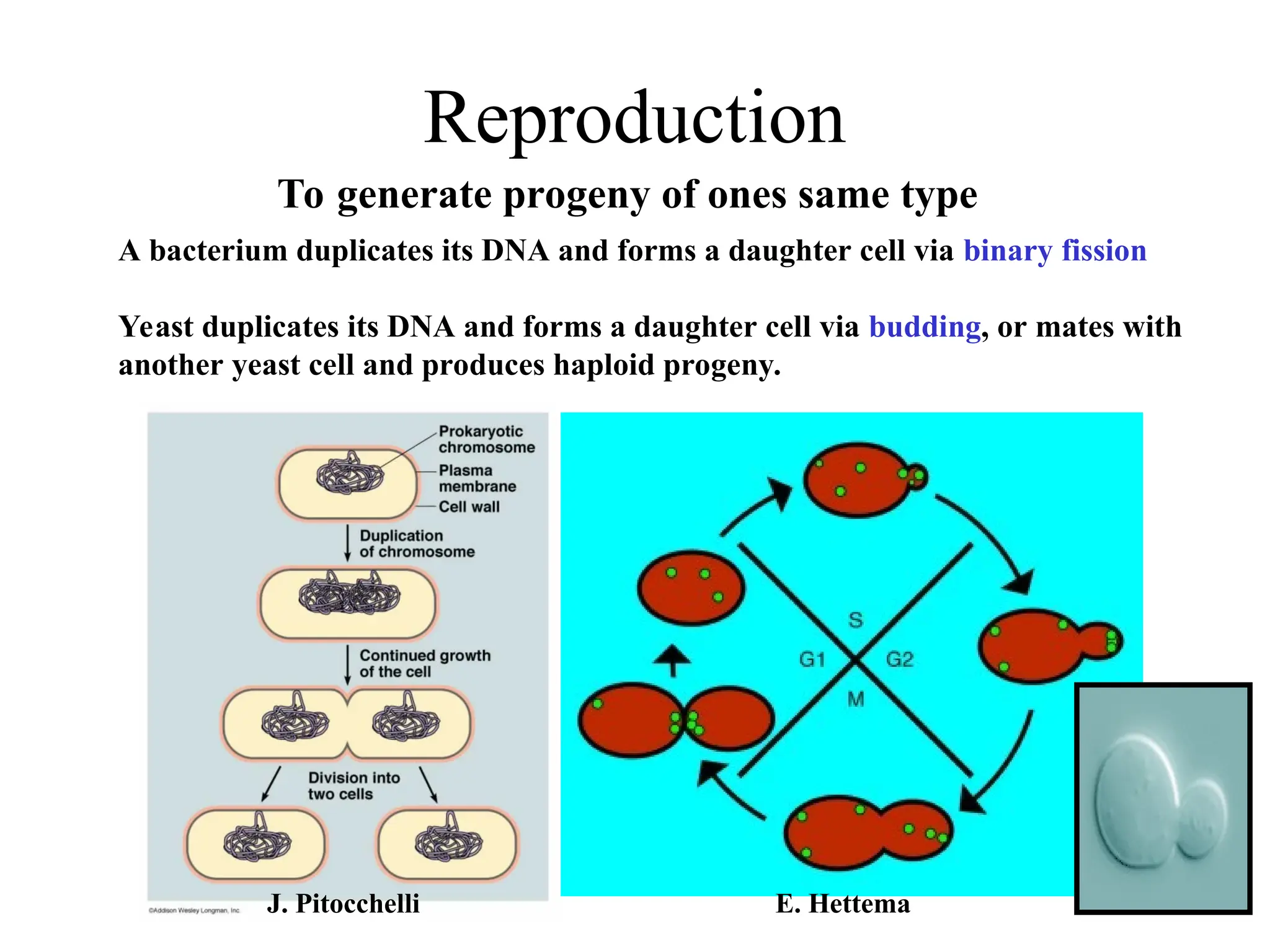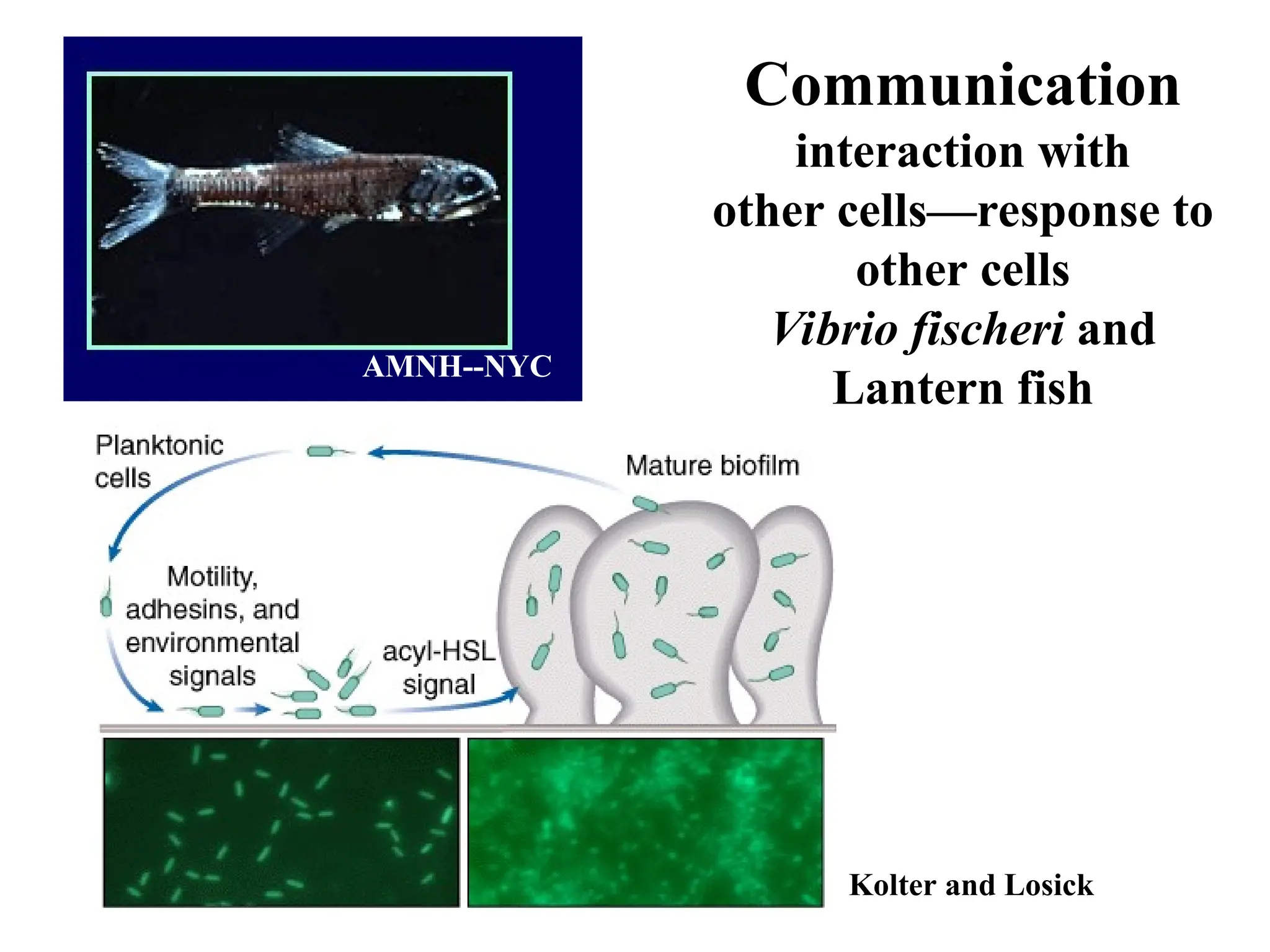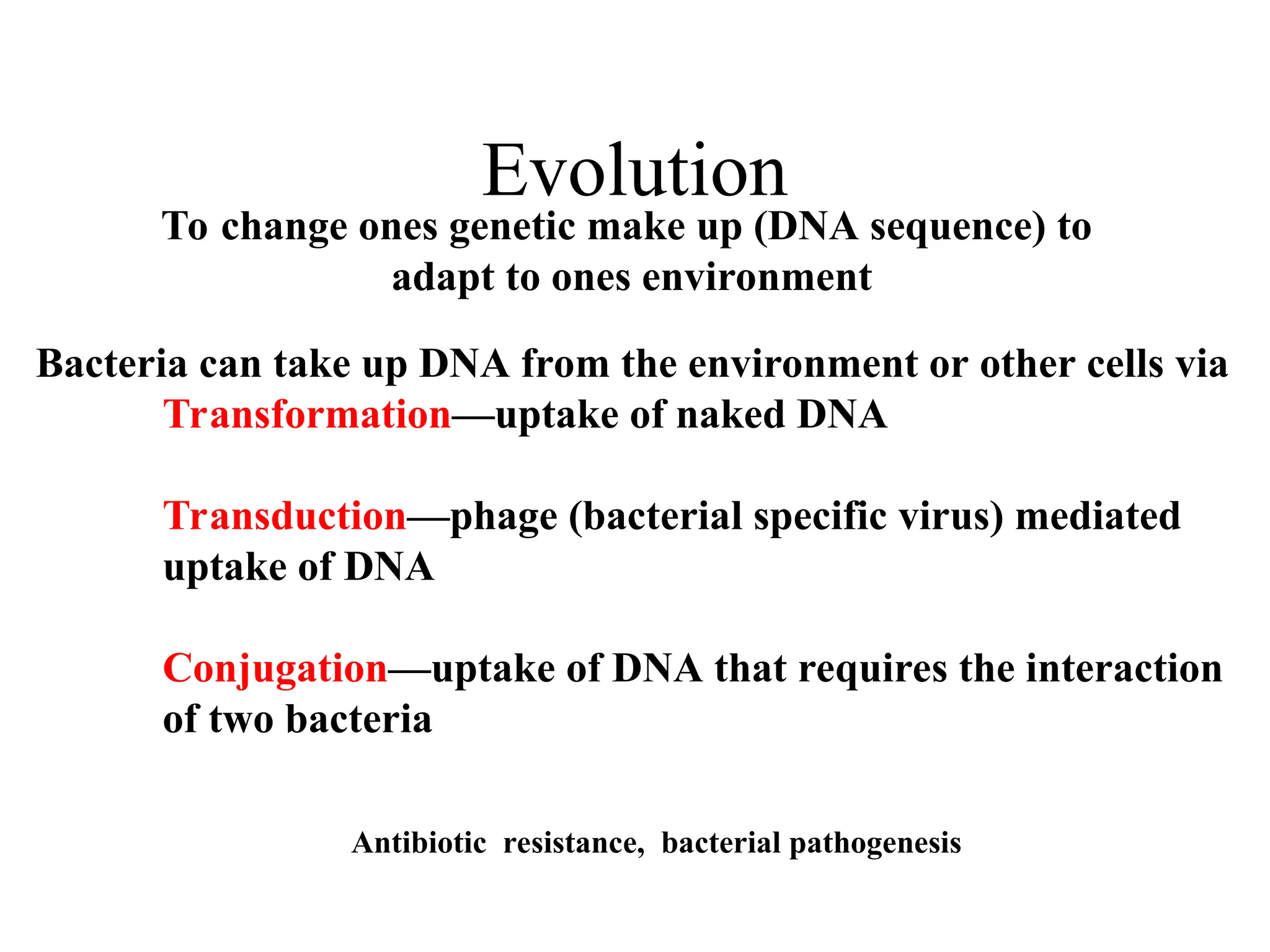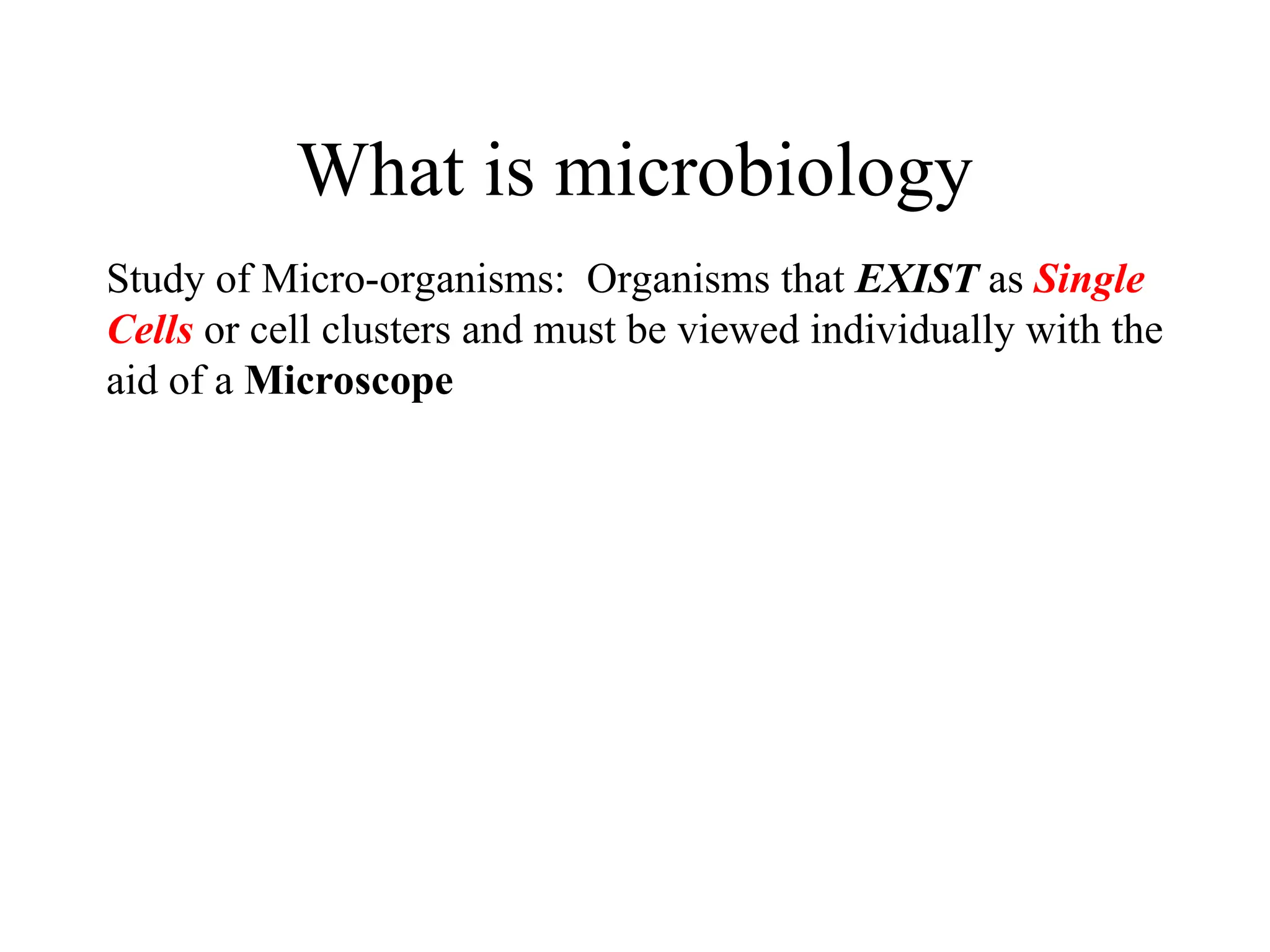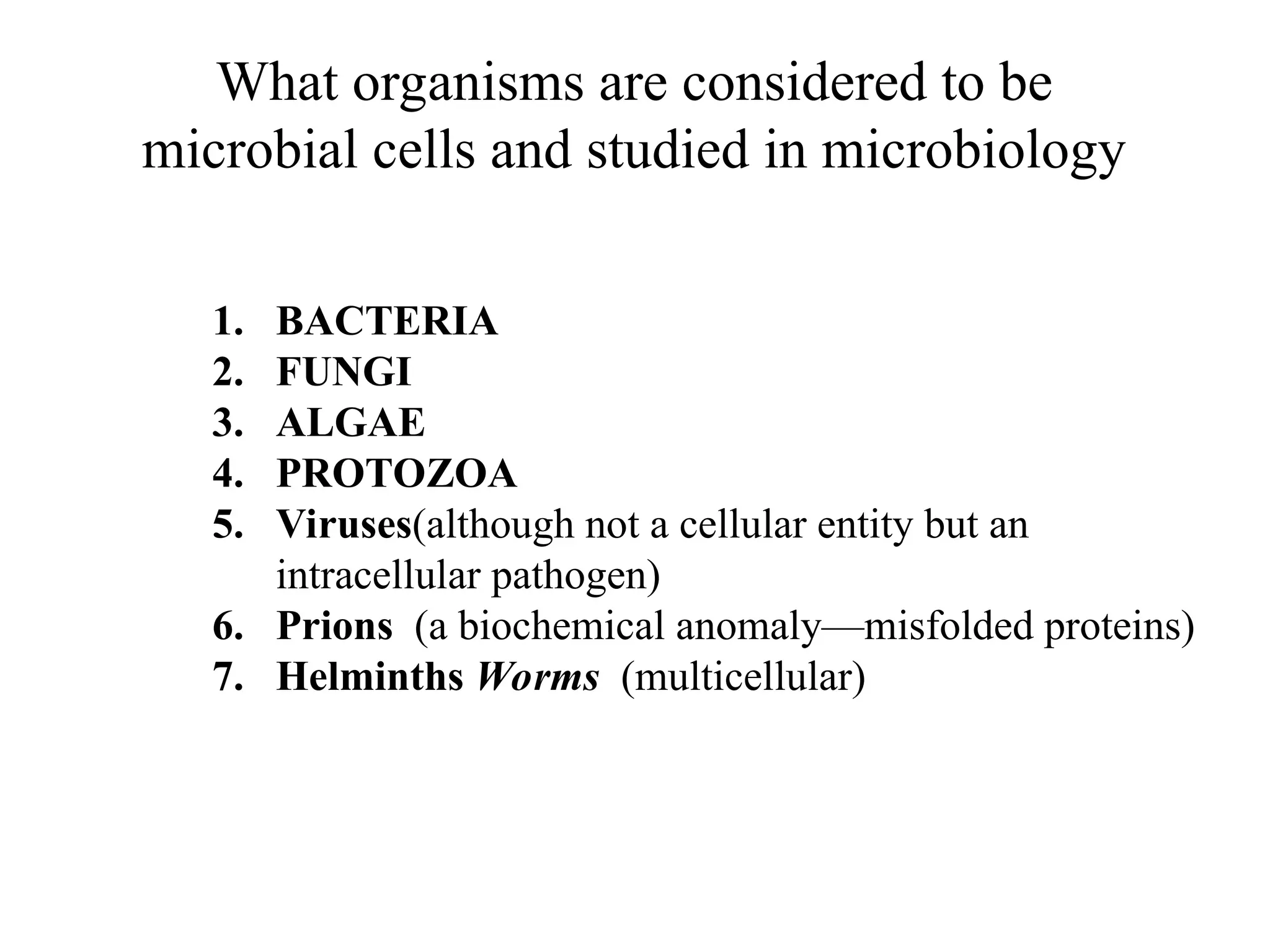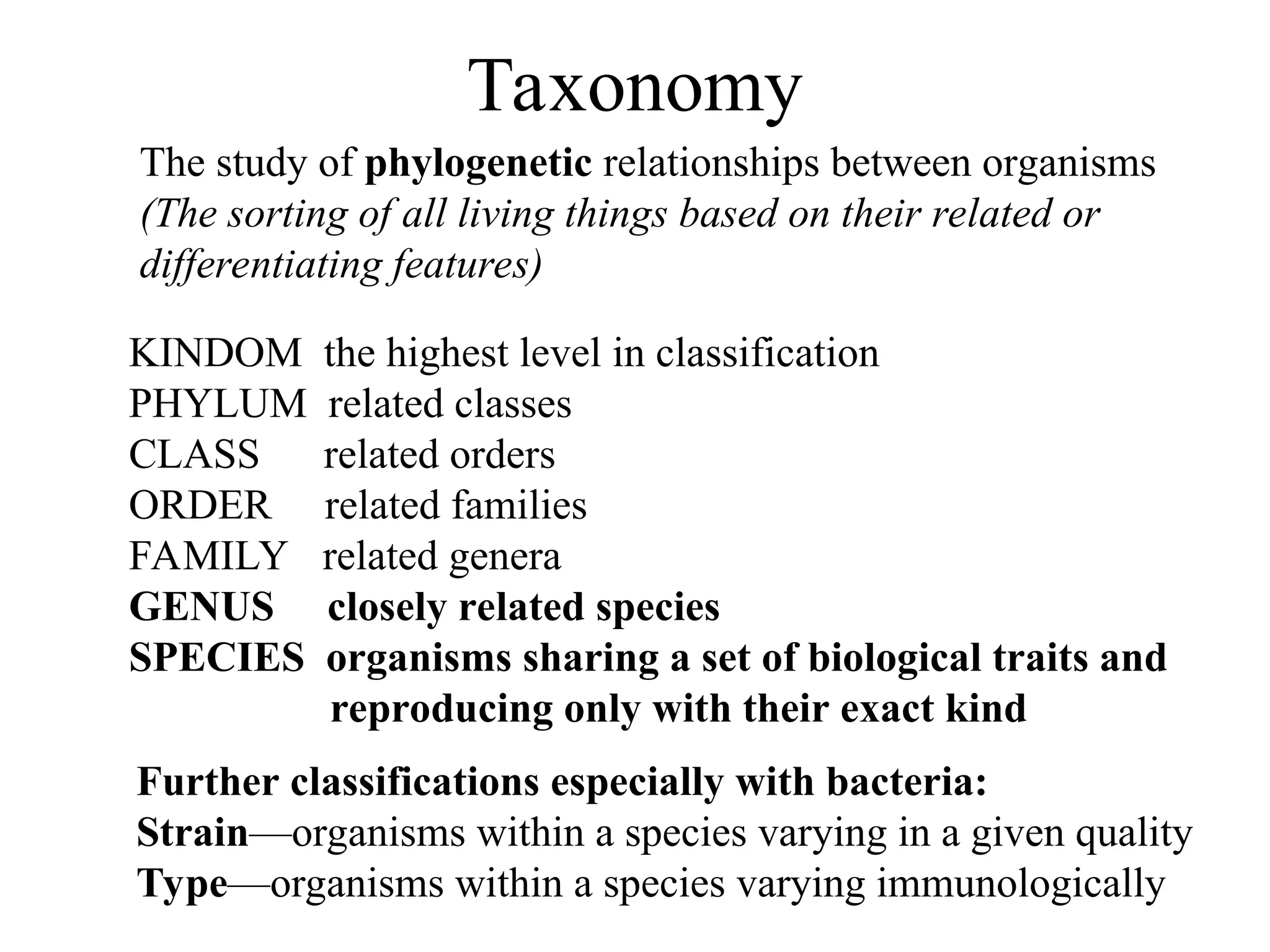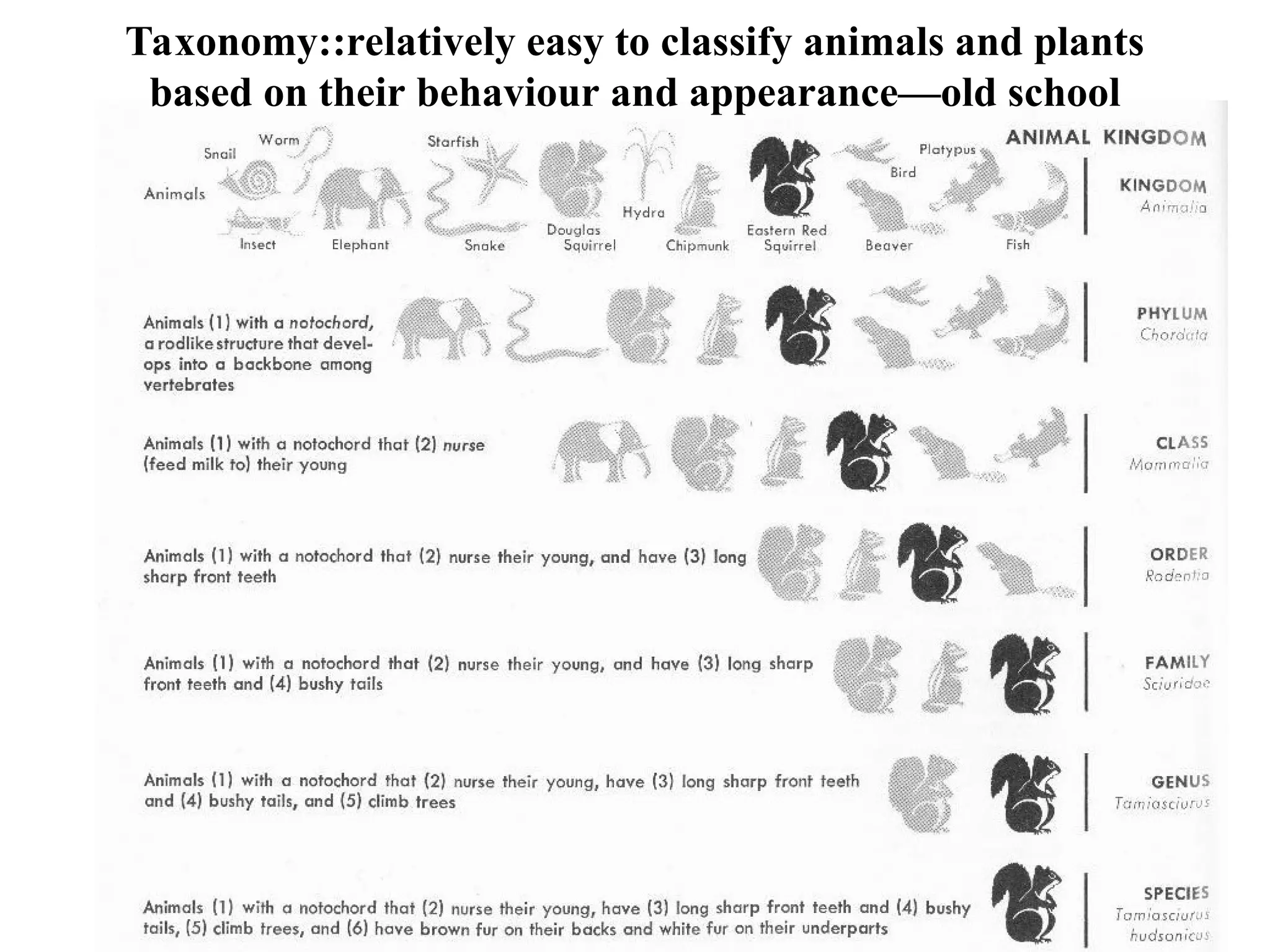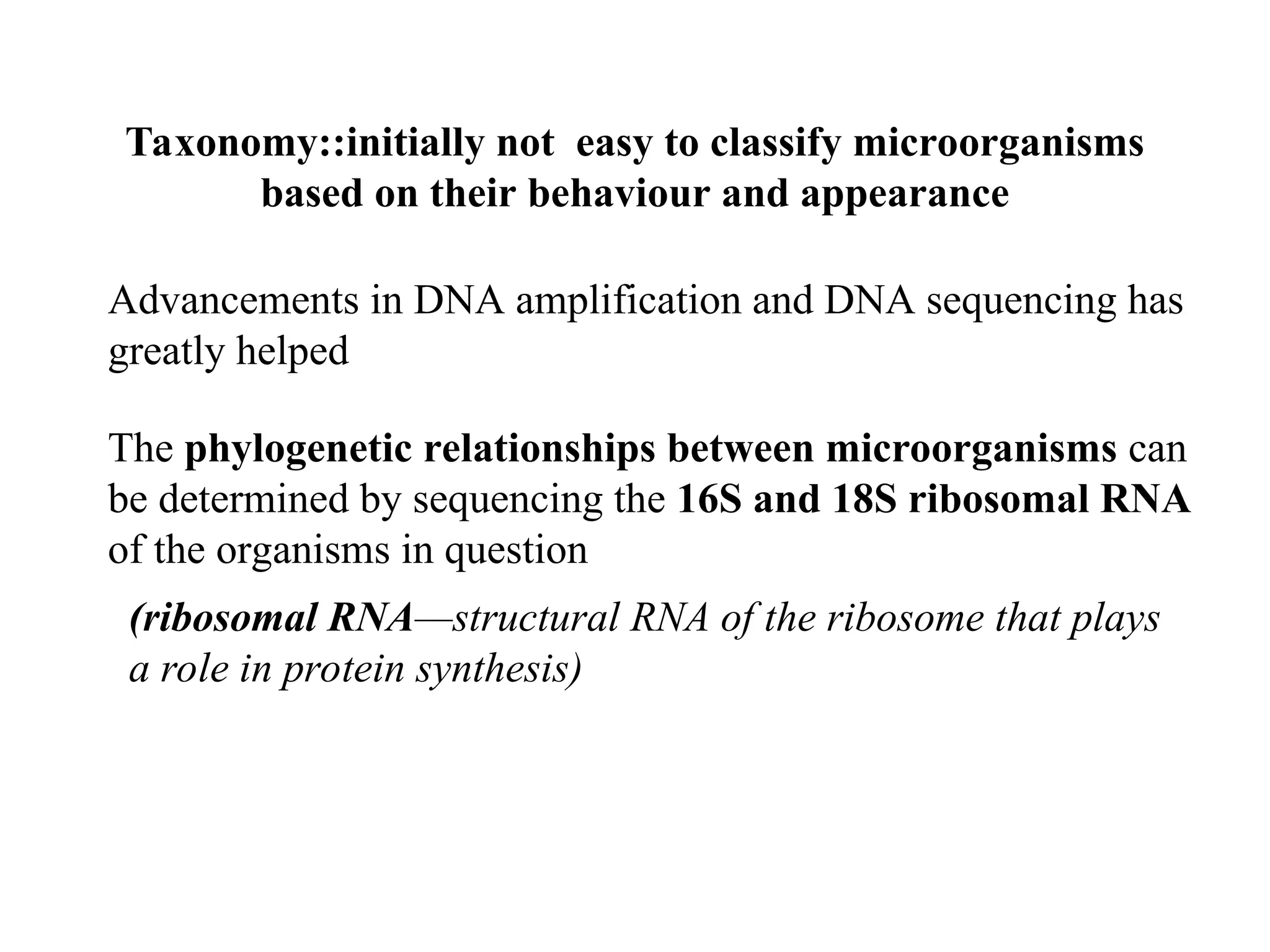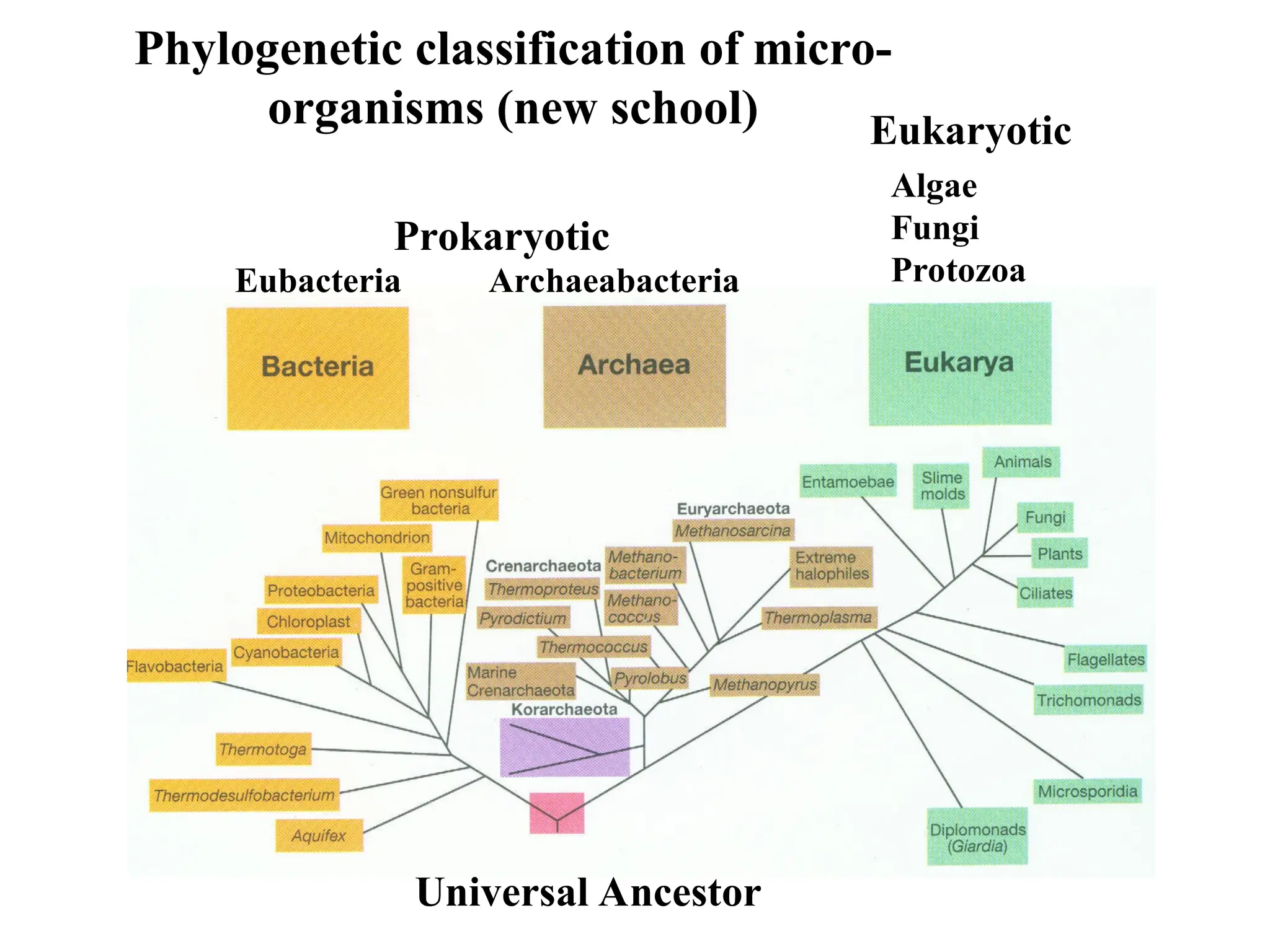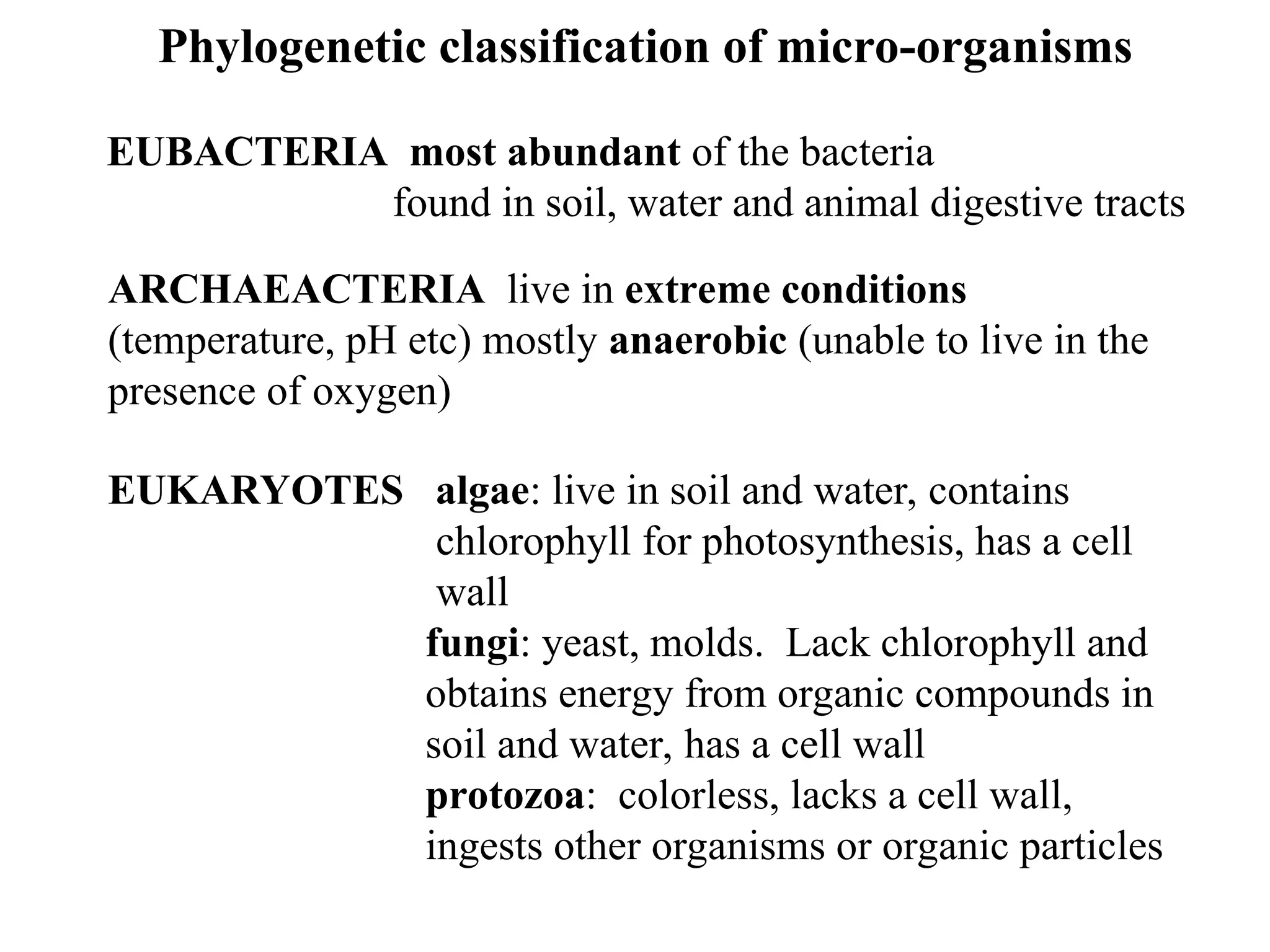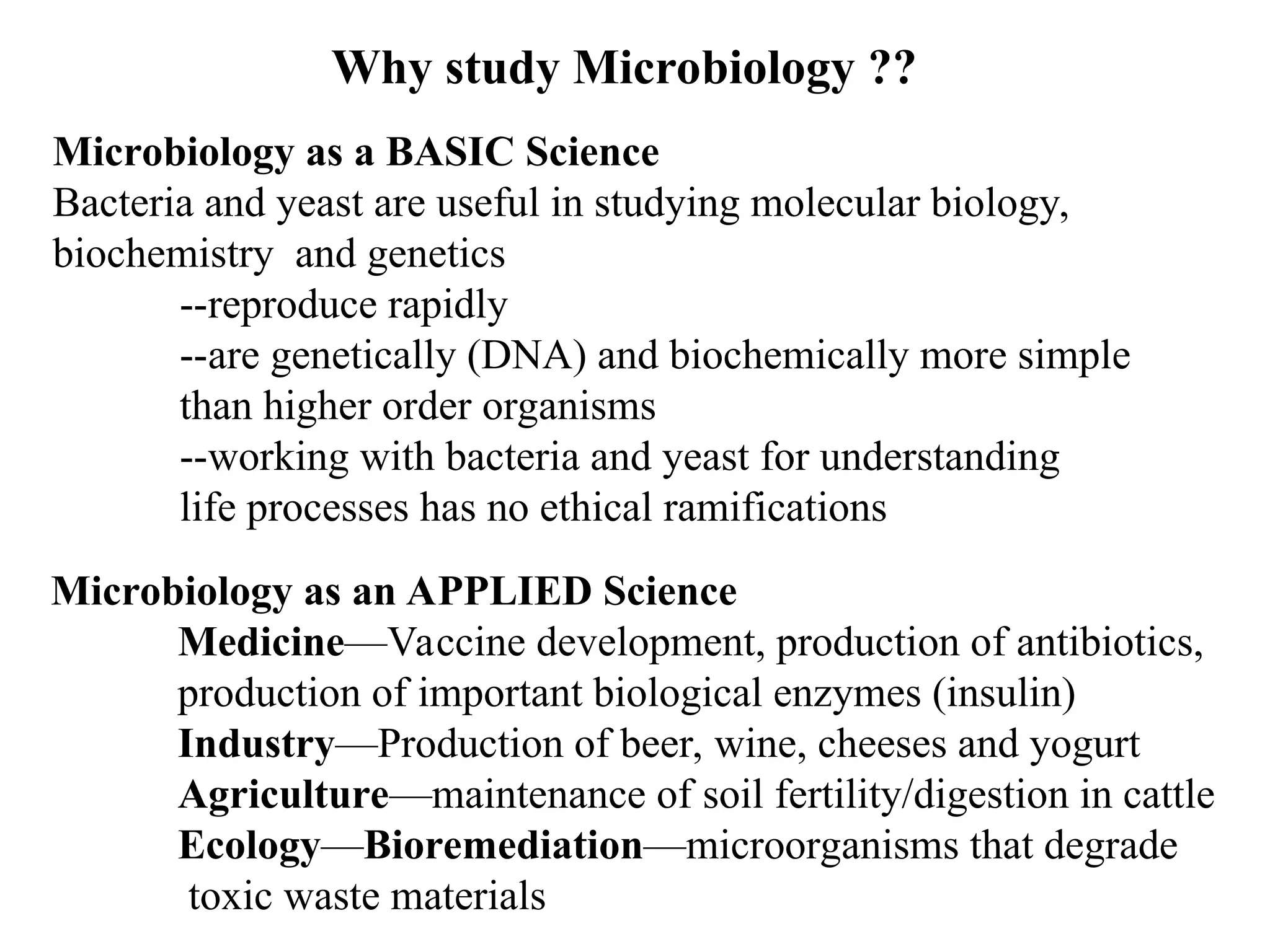Microbiology is the study of microorganisms, including bacteria, fungi, algae, protozoa, viruses, prions, and helminths, which are often single-celled or cell clusters viewable only through a microscope. Key aspects of microbiology include the characteristics of life such as metabolism, reproduction, communication, and evolution, as well as the classification of organisms based on phylogenetic relationships using advancements in DNA sequencing. The field has significant applications in medicine, industry, agriculture, and ecology, making it essential for understanding and utilizing biological processes.
